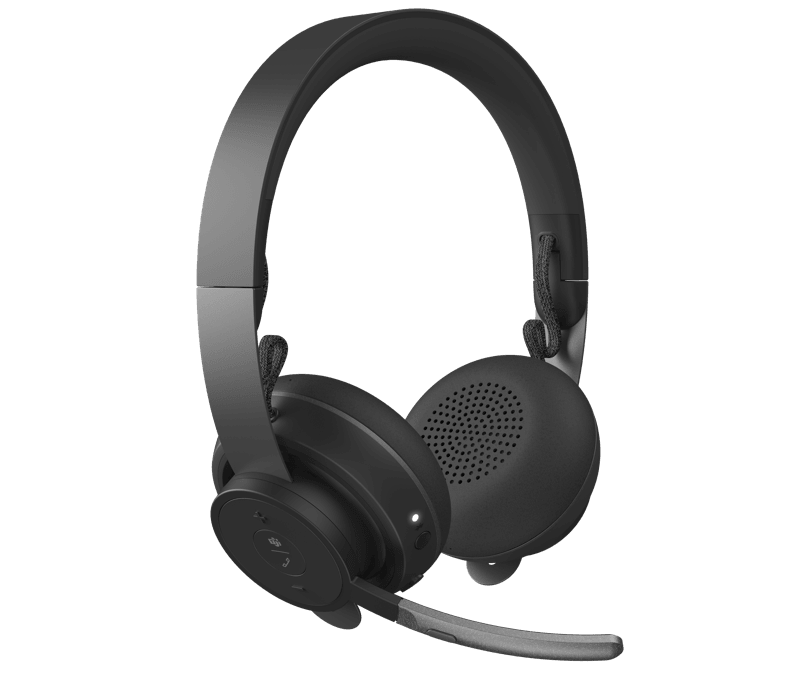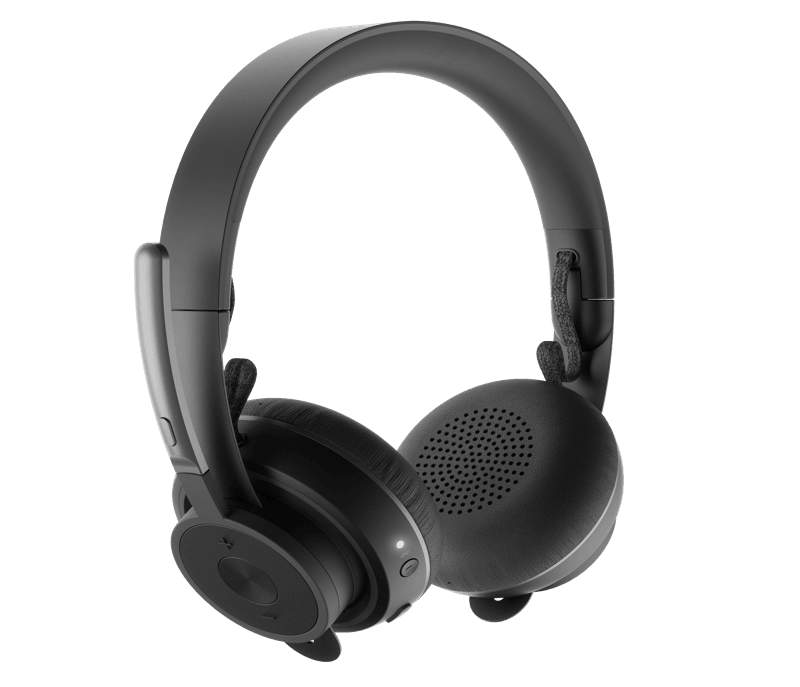Exploring WiFi 6/6E and WiFi 7: The battle for future networks
WiFi 6 (802.11ax):
Operates in the 2.4 GHz and 5 GHz frequency bands.
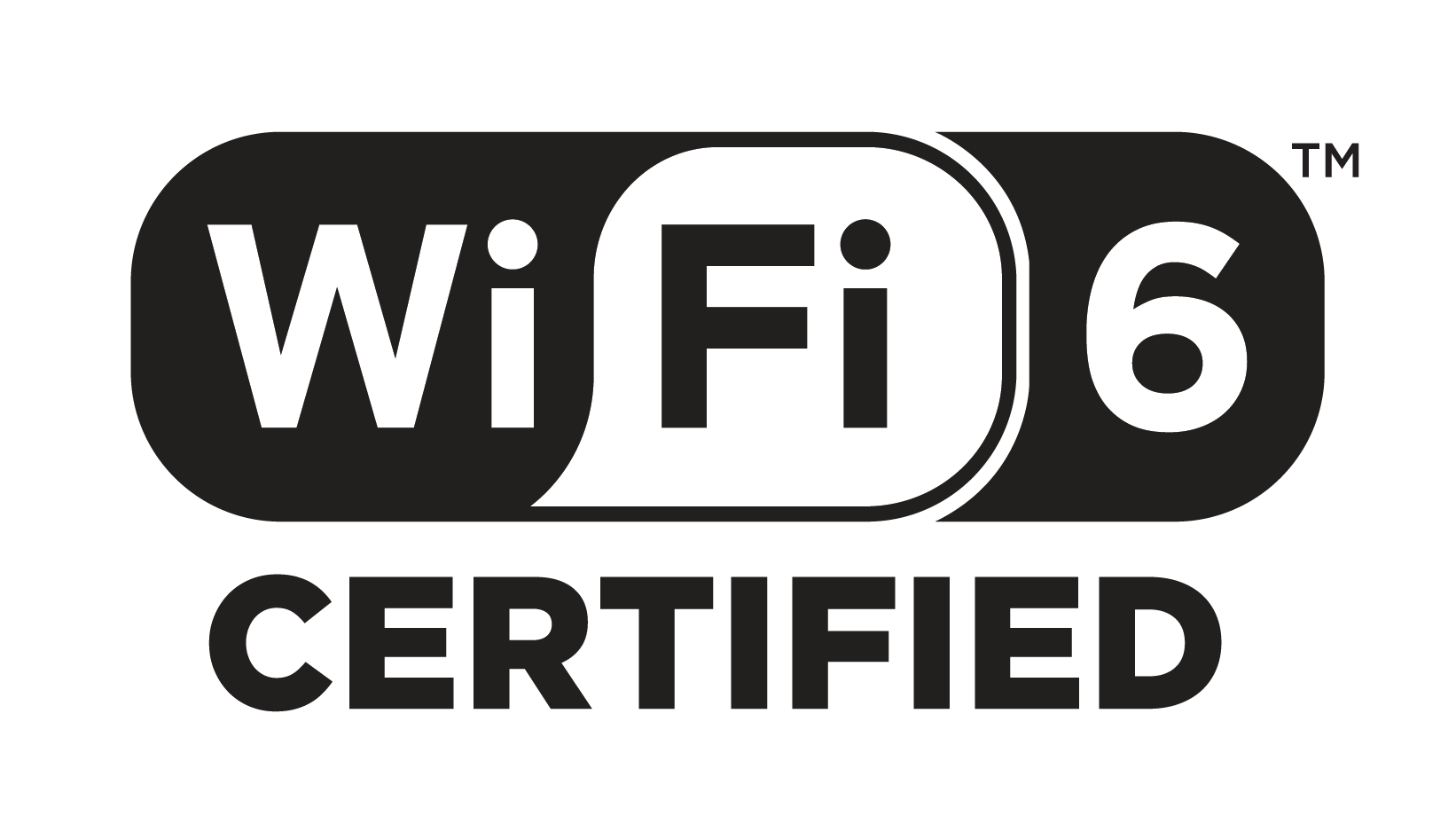
- speed:
- WiFi 6 offers speeds of up to 9.6 Gbps.
- Faster speeds result in faster data transfers and smoother downloading, uploading files, and streaming experiences.
- capacity:
- Able to connect more devices at the same time, theoretically supporting up to hundreds of devices.
- Reduces network congestion and delay, ensuring network stability.
- Delay:
- WiFi 6 latency is typically between 1 millisecond and 10 milliseconds, which is lower than previous standards.
- Low latency improves network response speed, which is crucial for real-time applications such as online gaming, video conferencing and live broadcasting.
- Battery Life:
- WiFi 6 can manage the energy consumption of devices more effectively and extend battery life.
- For mobile devices such as smartphones and tablets, this means longer usage times.
WiFi 6E(802.11ax):
Operates in the 2.4 GHz, 5 GHz and 6 GHz frequency bands.
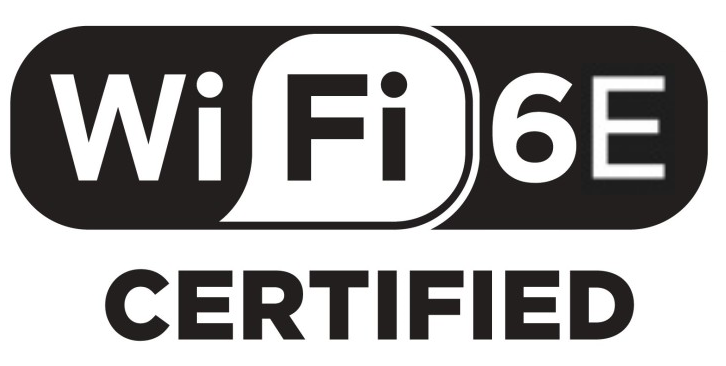
- Frequency band utilization:
- WiFi 6 (802.11ax): Operates in the 2.4 GHz and 5 GHz frequency bands.
- WiFi 6E (802.11ax): Operates in the 2.4 GHz, 5 GHz and 6 GHz frequency bands.
- Bandwidth and number of channels:
- WiFi 6 (802.11ax): In the 5 GHz band, provides more bandwidth and more channels to reduce interference and congestion.
- WiFi 6E (802.11ax): By adding a new 6 GHz frequency band, it provides wider bandwidth and more channels, further reducing interference and improving network performance.
- Higher speed and capacity:
- WiFi 6 (802.11ax): Provides higher speed and capacity, supports more devices to connect simultaneously, and faster data transfer speeds.
- WiFi 6E (802.11ax): In the 6 GHz band, it provides higher speeds and greater capacity, further improving network performance and reducing congestion.
- Enhanced coverage and penetration:
- WiFi 6 (802.11ax): Provides some level of enhancement, but is limited by the 5 GHz band.
- WiFi 6E (802.11ax): The 6 GHz band has better penetration and lower interference, providing wider coverage and more stable connections.
- Lower interference and congestion:
- WiFi 6 (802.11ax): Although it provides more channels in the 5 GHz band, there is still the possibility of interference from other WiFi networks and wireless devices.
- WiFi 6E (802.11ax): The 6 GHz band is relatively new and typically has fewer devices and networks, thus reducing interference and congestion and providing a more stable connection.
- Supported devices:
- WiFi 6 (802.11ax): Requires a device that supports the 802.11ax standard.
- WiFi 6E (802.11ax): Requires a device that supports the 802.11ax standard and has a 6 GHz frequency band.
WiFi 7 (802.11be):
Operates in the 2.4 GHz, 5 GHz and 6 GHz frequency bands.
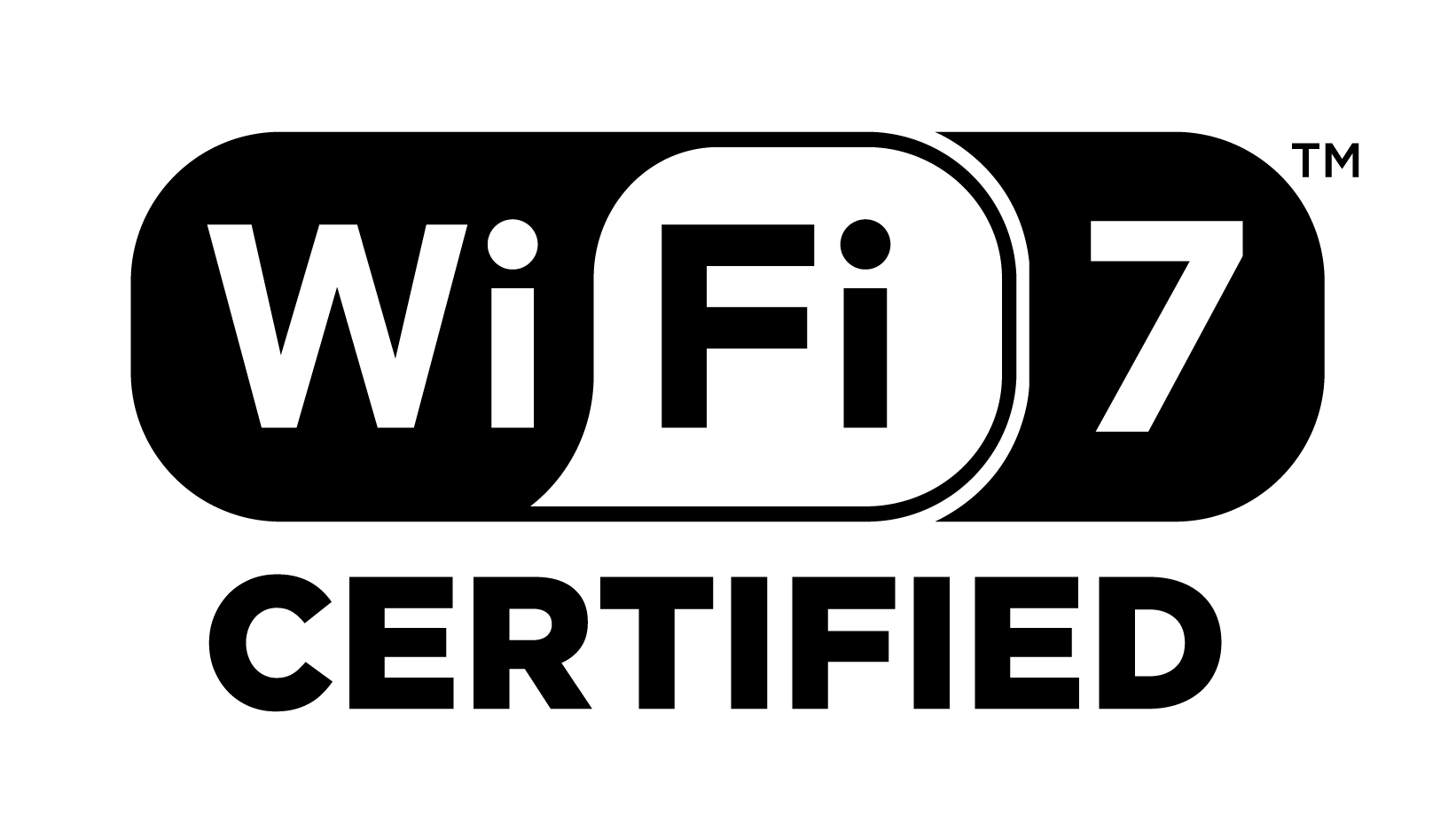
- speed:
- WiFi 7 is expected to deliver speeds of up to 30 Gbps, several times faster than WiFi 6.
- Faster speeds mean faster downloads, uploads and streaming experiences, especially for large file transfers and HD videos.
- capacity:
- WiFi 7 further increases the capacity of the network and can connect more devices simultaneously, possibly thousands.
- It can better cope with the needs of future smart homes and workplaces and maintain network stability and efficiency.
- Delay:
- WiFi 7 will further reduce latency, expected to be below the millisecond level, achieving almost imperceptible instant response.
- This will be an important improvement for applications that require high real-time performance, such as virtual reality, telemedicine and industrial automation.
- safety:
- WiFi 7 introduces stronger security features, including stronger encryption and authentication standards.
- Improves network security and reduces the risk of hacker attacks.
Comparison between two technologies
- WiFi 7 is more advanced and powerful than WiFi 6 in terms of speed, capacity and latency.
- WiFi 7 is more suitable for future application scenarios that have higher requirements for network performance and capacity, such as 5G communications, big data transmission and smart homes.
- WiFi 6 is still a good choice, especially suitable for current needs. It provides sufficient speed and performance at a relatively more reasonable price.
- For users who require higher speeds, more capacity, and lower latency, WiFi 7 will be the better choice, but may come at a higher price.
Summary Points
WiFi 6 (802.11ax) is a revolutionary technology operating in the 2.4 GHz and 5 GHz frequency bands, providing speeds of up to 9.6 Gbps. It can connect more devices at the same time, theoretically supporting hundreds of devices, reducing network congestion and delay, and ensuring network stability. The latency of WiFi 6 is usually between 1 millisecond and 10 milliseconds. Low latency improves network response speed and is very suitable for real-time applications such as online games, video conferencing, and live broadcasts. In addition, WiFi 6 can manage the energy consumption of devices more effectively, extending the battery life of mobile devices and providing longer use time for mobile devices such as smartphones and tablets.
WiFi 6E (802.11ax) operates in the 2.4 GHz, 5 GHz and 6 GHz frequency bands. Through the newly added 6 GHz frequency band, it provides wider bandwidth and more channels, further reducing interference and congestion. In the 6 GHz band, WiFi 6E provides higher speeds and greater capacity, further improving network performance and reducing congestion. At the same time, the 6 GHz band has better penetration and lower interference, providing wider coverage and more stable connections. Although WiFi 6E requires devices that support the 802.11ax standard and the 6 GHz band, it brings users a more powerful wireless network experience.
WiFi 7 (802.11be) is the next generation standard of WiFi technology and is expected to provide speeds of up to 30 Gbps, several times faster than WiFi 6. WiFi 7 further increases the capacity of the network, allowing more devices to be connected simultaneously, possibly even thousands. It will further reduce latency, expected to be below the millisecond level, enabling almost imperceptible instant response. WiFi 7 introduces stronger security features, including stronger encryption and authentication standards, improving network security and reducing the risk of hacker attacks.
In general, WiFi 7 is more advanced and powerful than WiFi 6 in terms of speed, capacity and latency, and is especially suitable for future application scenarios that have higher requirements for network performance and capacity, such as 5G communications, big data transmission and smart homes. And WiFi 6 is still a good choice, especially for current needs. It offers adequate speed and performance at a relatively more reasonable price. For users who need higher speeds, more capacity and lower latency, WiFi 7 will be a better choice, but may come with a higher price.






